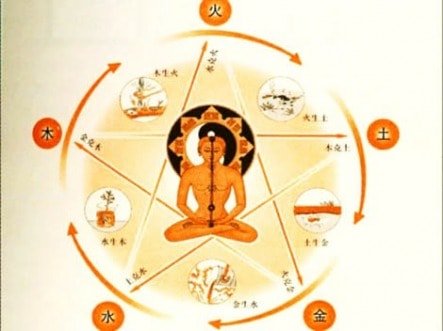The Core of all martial arts is the core. The core of all dance is the core. The core of athletic aesthetics is the core. This can’t get any simpler than that. The belly, otherwise called the abs are what every gym rat and health enthusiast aims for. There can be well-defined pectorals or chest muscles, a sharp arch in the back or a 3 percent body fat clinging to a muscled frame of a body, it’s mostly all about the core.
Over the last few decades, the craze has taken over pop culture, TV, movies even. In fact, realism be damned, actors are more willing to be mortally skinny than overweight in movies, wearing fat suits and employing computer-generated imagery for the most part. In fact, some of them have even invented body vests to mimic core muscles on the camera.
The core is important. Not just for show, impressing the opposite sex or health benefits.
In fact, some of the most impressive physiques are the kind that don’t look that impressive at all.
Shaolin monks, professional gymnasts, dancers and Mixed martial artists do not bother with the definition of the musculature because they understand that muscle is a lot denser than fat, hence heavier, hence more restrictive to essential body movements. And apart from that, there is another little glitch.
The concept of spirit, or chi, or ki, or prana is hard to believe for most educated ignorant. Sci-fi fans can call it the force, short for life force. In psychological terms, it’s vitality, calm energy and ability to adapt and prosper in any number of circumstances. Shaolin monks, samurai warriors, even the modern athletes and soldiers undergo some sort of psychological or spiritual training to lessen the strain that comes along with any strenuous physical activity.
It’s not a stretch to find that over-worked athletes turn more temperamental. Those with the biggest muscles in the high school turn into bullies for no reason at all. Models and actors have been known to show temper tantrums. There has been correlation with core training and spiritual deterioration by the ratio of 3 to 1. This has been the general consensus of all focus group studies that have been conducted over the years.
The belly button in many cultures is associated with the center of human spirit energy, hence the alleged storehouse of the same.
In Chinese acupressure as well as Hindu treatise of marma kalai, the navel has been treated with utmost respect for being the center of the human body itself, often close to the center of gravity in physical terms. In those subject matters as well as modern research, working the abdominal muscles to the point they are as hard as iron is the target, but it is also pointed that the effort will inevitably stifle one’s ability to carry their life-energy to some extent. Hence, making them irritable and excitable more than they are. Reducing their ability to adapt with incessant change.
Now you know.
Would you do it anyway, like they did back then?







Leave a Reply